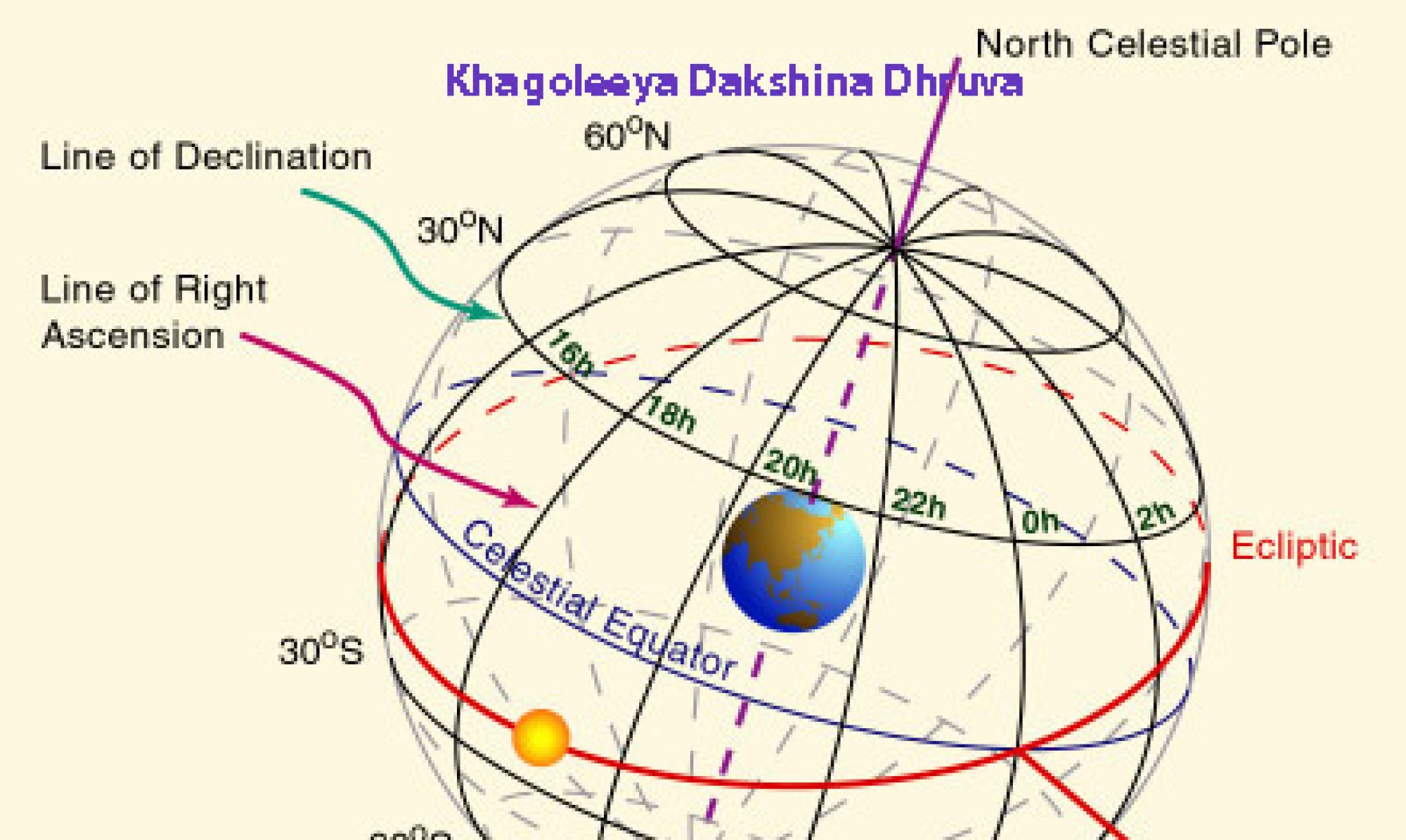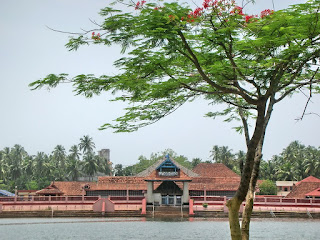Odissi about Ya Devi
Ya Devee Sarva Bhooteshu
Buddhi Roopena Samsthita
Namasthasyai Namasthasyai
Namasthasyai Namo Namah !
She who pervades everywhere
As intelligence
To that Mighty Mother
I Bow !
More at http://www.guruvayur4u.com/html/yadeviodissi.htm
Odissi about Ya Devi
Ya Devee Sarva Bhooteshu
Buddhi Roopena Samsthita
Namasthasyai Namasthasyai
Namasthasyai Namo Namah !
She who pervades everywhere
As intelligence
To that Mighty Mother
I Bow !
More at http://www.guruvayur4u.com/html/yadeviodissi.htm
Have you heard about a Song regarding the Universal Dance?
Have you heard about a Song regarding the Universal Dance?
Did not Capra say ” the Dancing Shiva is the Dancing Universe” ?
This is Musica Universalis or Music divine
Known as the Music of the Spheres !
Nrithyathi Nrithyathi Brahma padam
Nakshatra Nava graha Hamsa Padam
Ayiram Andakadahangal alayum
Ananthamam Ksheera pathathil
Shabdamay Roopamay Jeevanu Vidaran
Sahasradalangalay mizhi thurakkan
Vishva Shilpayude pichala chendayil
Vilanjoo pandee thalam
Thalam, ithu Adi Thalam
Dwani prathi dwanikal than pranava thalam
Nrithyathi Nrithyathi Brahma padam
Nakshatra Nava graha Hamsa Padam
In the infinite Milky Way
Containing thousands of stars
Manifesting eternally
As Sound, as Form
T
To blossom as the thousand petalled Lotus
The Music of the Spheres is on !
This is the Comic Dance
The dance of subatomic Matter !
Wherein the Lord Dances
His Dance of Eternity !
Veena venu Mridanga Ninandam
Viharathi Vidyadhara Geetham
Sarpaphana thirumudilkettu ulayum
Yaksha Kinnara Natana melam
Ashtadikpalakar kottum thudiyude
Shristi Sthiti laya Thalam
Thalam
Adi Thalam
Ithu Dhana dhanya prapancthin
bhramana Talam
Full of divine melodies
It is Educational Music !
Pervading everywhere
Hence called Eternal Music, Sanatan Sangeeth !
This is the Adi Thala
The Srishti Sththi Laya Thala
The Thala of the Universe !
The Thala of orbital revolutions
The great Pranava
Pervading the Cosmos !
This is the Thala of Creation
Of Preservation and Destruction
In the drum of the Great Architect !
Triprayar, where the River Washes the Feet of the Lord !
The Triprayar Lord Rama Temple
Bridal Mysticism is akin to Intellectual Mysticism. The Self is the Consort and He can be imagined in any form, as all forms are He ! Here in this magnificent temple, His Form is that of Lord Rama. Ramyathe ithi Ramah – meaning that which attracts and tantalises the Mind is Rama !
We have to understand that Sakhyam ( eternal friendship with Him ) and Atma Nivedanam ( Sacrifice for the Self ) are part of Bridal Mysticism or Bhakti Yoga. He is our Friend, Consort and Guide. Whatever be His Form, whatever be His Name, He is always He !
Him whom the Saivites call Siva
The Brahman of the Vedantins
The Buddha of the Buddhists
The Karma of the Mimamsin
The Christ of the Christians
The Allah of the Muslims
Let Him who illumines the worlds triune
Enlighten us, to initiate the Self Actualisation process !
Saivya samupasathe Siva ithi Brahmethi Vedantino
Bauddha buddharithi pramana padava Karmethi Meemamsaka
Christva Christurithi kriya pararatha Allehthi Mahammada
Soyam vo Vidhadhatu Vanchitha phalam trailokya natho Ravi !
Sakhyam is friendship or perpetual fellowship with Love Immortal.
More at http://www.guruvayur4u.com/html/spiritualtourism19.htm
Triprayar, where the River Washes the Feet of the Lord !
The Triprayar Lord Rama Temple
Bridal Mysticism is akin to Intellectual Mysticism. The Self is the Consort and He can be imagined in any form, as all forms are He ! Here in this magnificent temple, His Form is that of Lord Rama. Ramyathe ithi Ramah – meaning that which attracts and tantalises the Mind is Rama !
We have to understand that Sakhyam ( eternal friendship with Him ) and Atma Nivedanam ( Sacrifice for the Self ) are part of Bridal Mysticism or Bhakti Yoga. He is our Friend, Consort and Guide. Whatever be His Form, whatever be His Name, He is always He !
Him whom the Saivites call Siva
The Brahman of the Vedantins
The Buddha of the Buddhists
The Karma of the Mimamsin
The Christ of the Christians
The Allah of the Muslims
Let Him who illumines the worlds triune
Enlighten us, to initiate the Self Actualisation process !
Saivya samupasathe Siva ithi Brahmethi Vedantino
Bauddha buddharithi pramana padava Karmethi Meemamsaka
Christva Christurithi kriya pararatha Allehthi Mahammada
Soyam vo Vidhadhatu Vanchitha phalam trailokya natho Ravi !
Sakhyam is friendship or perpetual fellowship with Love Immortal.
More at http://www.guruvayur4u.com/html/spiritualtourism19.htm
Remedy for Hyper cholesterolomia !
What are Super Fruits ? They are antioxidants, with nutritional brilliance .Resveratrol is a phytoalexin produced naturally by several plants. It is anti-cholesterol. Resveratrol occurs in the skin and seeds of grapes. Resveratrol is produced by grapes when they go through extreme cold temperatures. It is produced as a means of protection from the environment. Remember the French Paradox.
Fish also causes osteoporosis, loss of bone marrow.For cholesterol patients, it is better to avoid fish.The normal LDL level is 130 and HDL 60. What is desirable is a 130/60 ratio.
Anything more can be dangerous and the risk of coronary heart disease will be increased.
More at
http://www.eastrovedica.com/html/remediesforcholesterol.asp
|
|
More
Remedy for Hyper cholesterolomia !
What are Super Fruits ? They are antioxidants, with nutritional brilliance .Resveratrol is a phytoalexin produced naturally by several plants. It is anti-cholesterol. Resveratrol occurs in the skin and seeds of grapes. Resveratrol is produced by grapes when they go through extreme cold temperatures. It is produced as a means of protection from the environment. Remember the French Paradox.
Fish also causes osteoporosis, loss of bone marrow.For cholesterol patients, it is better to avoid fish.The normal LDL level is 130 and HDL 60. What is desirable is a 130/60 ratio.
Anything more can be dangerous and the risk of coronary heart disease will be increased.
More at
http://www.eastrovedica.com/html/remediesforcholesterol.asp
|
|
More


